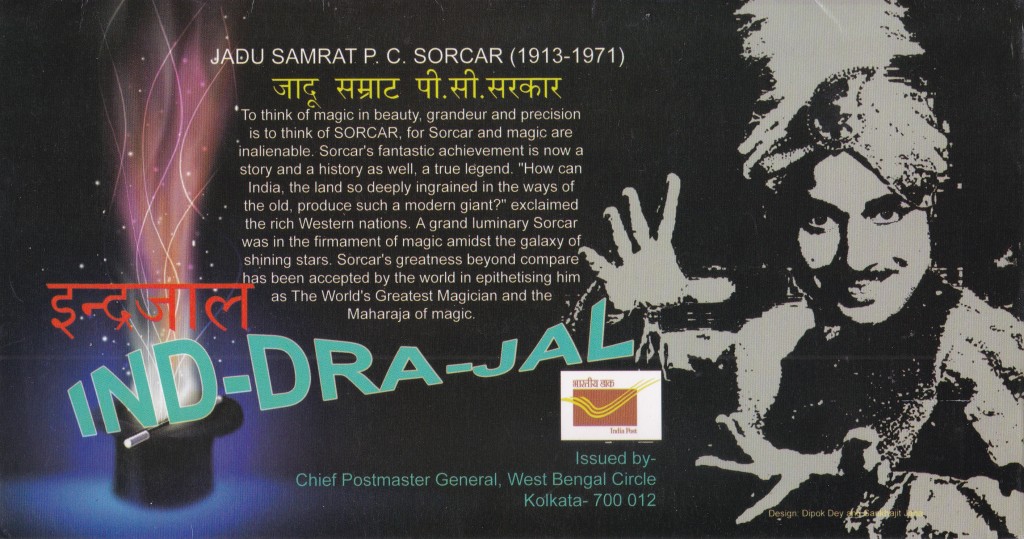When you are growing up, you’re misguided into thinking that fairy tales, or folktales, are for children. Only after you’ve grown up and sought these tales again in your adulthood that you realise what you’ve been missing.
As you delve deeper into the folklore of India, you’ll start to see connections, narrative patterns, even themes. You’ll enjoy finding connections between stories from different ends of India. Our country is not as vast and multitudinous as we think it is.
Such is the nature of stories. They evolve and spread in ways that defy thought and understanding. Only by broadening our thinking and theory can we find the answers to our past in these stories. When you read folktales from different cultures across the world, much like the stories from India, you’ll begin to notice patterns, repetitions, and cultural exchanges that will tell you how culturally bonded our ancestors used to be. Stories, folktales travel all over the world before they arrived in the form they are today. Here are 5 collections of world folktales that will make you long for simpler times.

The World’s Great Folktales, Retold by James R. Foster.
Over 170 folktales from all over the world are retold in this book with a special focus on the humorous tales that spring up in and around different cultures. Many of these tales have been translated into English for the very first time. These tales are entertaining and witty, funny, fantastical, and highly imaginative. Taken from a variety of sources, chiefly European but also Asian and African, these tales bridge the gap between lore and art. They are meant to be entertaining as well as instructive at all times.

Best-Loved Folktales of the World, Selected by Joanna Cole
Living up to the name it has given itself, this collection gathers famous classics that we are all familiar with. Classics such as “Snow White” and “Sleeping Beauty” are presented here with their counterparts in various cultures. The stories in this collection are arranged by geographical region and present tales of magic, mischief, adventure, humour involving a whole host of characters from damsels, witches, tricksters to grandmothers, fools, and evil stepmothers in all their glory. A must-read for anyone wishing to brush up on the stories they may have already enjoyed in their childhood.

A Harvest of World Folk Tales, Compiled by Milton Rugoff
This compilation strays between myth and folklore and; and simultaneously, between academic and accessible. There are several folktales from various parts of the world, but the book also includes trusted narratives from the epic world. While the fully grown academic might balk at the text, amateur folklorists will consider it to be a delightful stepping stone for field work. Since the focus is on readability and accessibility, the stories in this book can also be read out loud during gatherings or when putting children to bed. Illustrations by Joseph Low are a welcome addition to the book.(This book is now published under the title the Penguin Book of World Folk Tales)

Favorite Folktales from Around the World, Edited by Jane Yolen
When they put the word “Favorite” in the world, they mean it. Jane Yolen’s collection doesn’t include typical stories like “Hansel and Gretel” or other popular folktales that have entered the imagination of children, but these tales are enjoyable and meant for children and adults alike. The printing is definitely something worth talking about; it is designed with flair keeping in mind that the book’s purpose is to be attractive to children. Yolen has also added brief notes for each story at the end of the volume for anyone interested in the scholarly pursuits. (This book is part of the Pantheon Fairy Tale & Folklore Library book series, and includes famous folk and fairy tales from the other books in the collection.)

Folktales Told Around the World, Edited by Richard M. Dorson
Here at last we arrive at the peak collection in our list, the must-have book for anyone who wishes to get as close to the original lore and tales as possible with an English translation. In choosing the folktales for this collection, Dorson had one worry: how to represent the geographical areas and cultures of the globe in a single volume? To his credit, he may have largely succeeded. The beauty of the Oral tales present in this collection is that they aren’t your everyday fairy tales or folklore. Instead, they are actual narrations taken down on recorders and transcribed verbatim by folklorist, who are then handed the improbable task of translating the stories without losing their cultural ethos. It is a pleasure to read these stories as they are told by a storyteller, even if the language sometimes feels jaded in places. Along with the stories, there is a wealth of information present at the end of the book that deals with themes, motifs, and tale types of the folktales. A thorough classification of the tale is also included.(The book is part of the Folktales of the World series published by the University of Chicago Press)
Whether you want to read bedtime stories to your kids or study folklore in college or even just read folktales for your own enjoyment, the stories in the collections above have something for everyone.
Read about Indian folktales collections here .
Cover Image: S. Hermann & F. Richter




